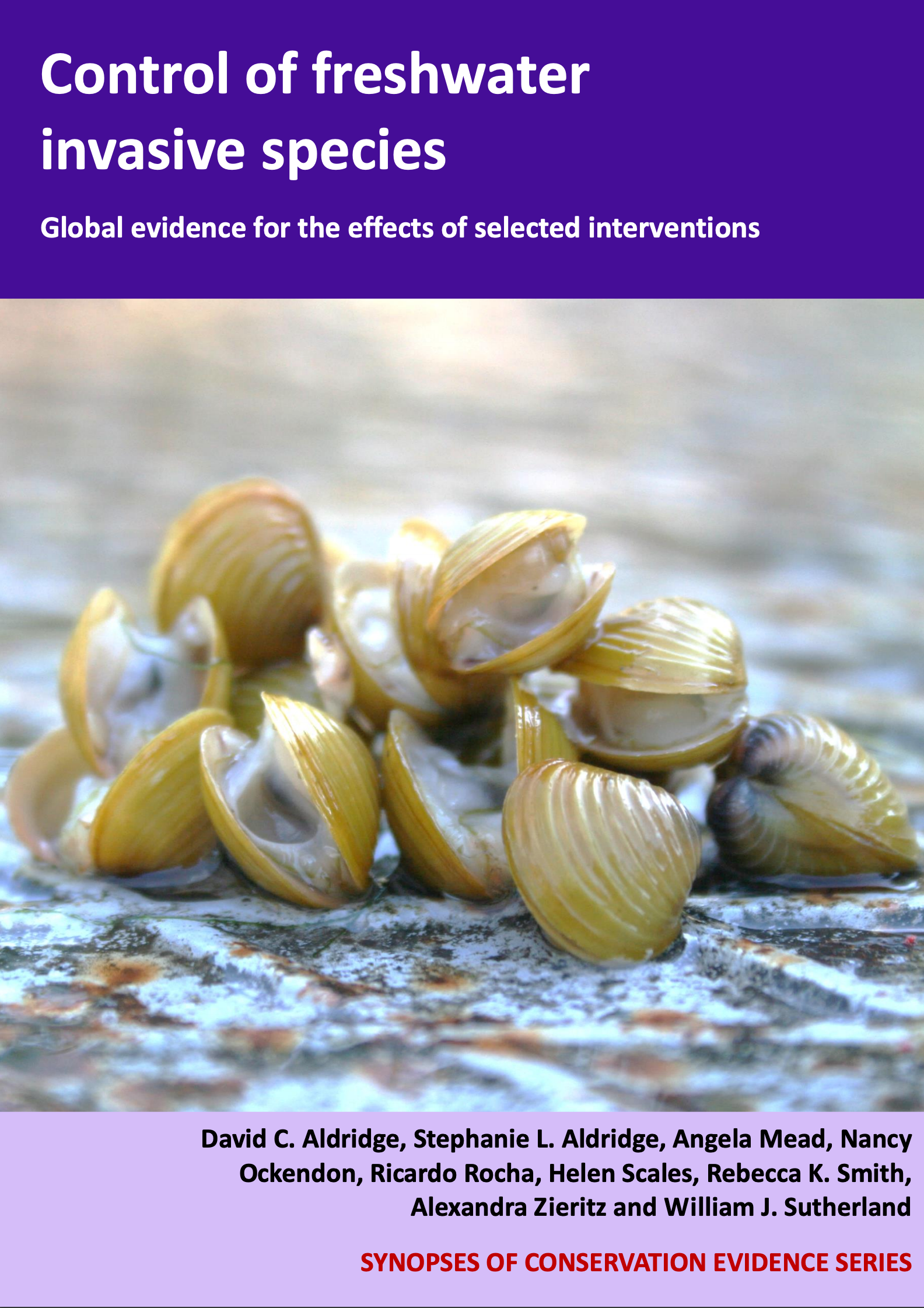Floating pennywort: Chemical control using herbicides
-
Overall effectiveness category Beneficial
-
Number of studies: 1
View assessment score
Hide assessment score
How is the evidence assessed?
-
Effectiveness
80% -
Certainty
70% -
Harms
not assessed
Study locations
Supporting evidence from individual studies
A controlled, replicated field experiment in 1997 in the Addlestone Bourne flood relief channel England, UK (Newman & Dawson 1999) found that the herbicide 2,4-D amine achieved near to 100% mortality, compared with the herbicide glyphosate which achieved negligible mortality. The chemical 2,4-D amine applied at 4.2 kg/ha achieved 76% decrease in floating pennywort Hydrocotyle ranunculoides biomass and almost 100% mortality over the first four weeks of treatment. In comparison, treatment with glyphosate applied at 2.2 kg/ha (without an adjuvant) resulted in a 20% decrease in biomass over the first four weeks and negligible mortality. Two trial plots in a 65m section of the channel were marked out and subdivided into six treatment blocks. Two blocks were sprayed in 2,4-D amine, two in glyphosate, and two were left untreated in control plots. Wet weight of root and shoot material/m2 was taken before treatment, and each week after treatment for four weeks following herbicide application. Percentage cover measurements were made each week until nine weeks after spraying.
Study and other actions tested
Where has this evidence come from?
List of journals searched by synopsis
All the journals searched for all synopses
This Action forms part of the Action Synopsis:
Control of Freshwater Invasive Species
Control of Freshwater Invasive Species - Published 2017
Control of Freshwater Invasive Species Synopsis





)_2023.JPG)














